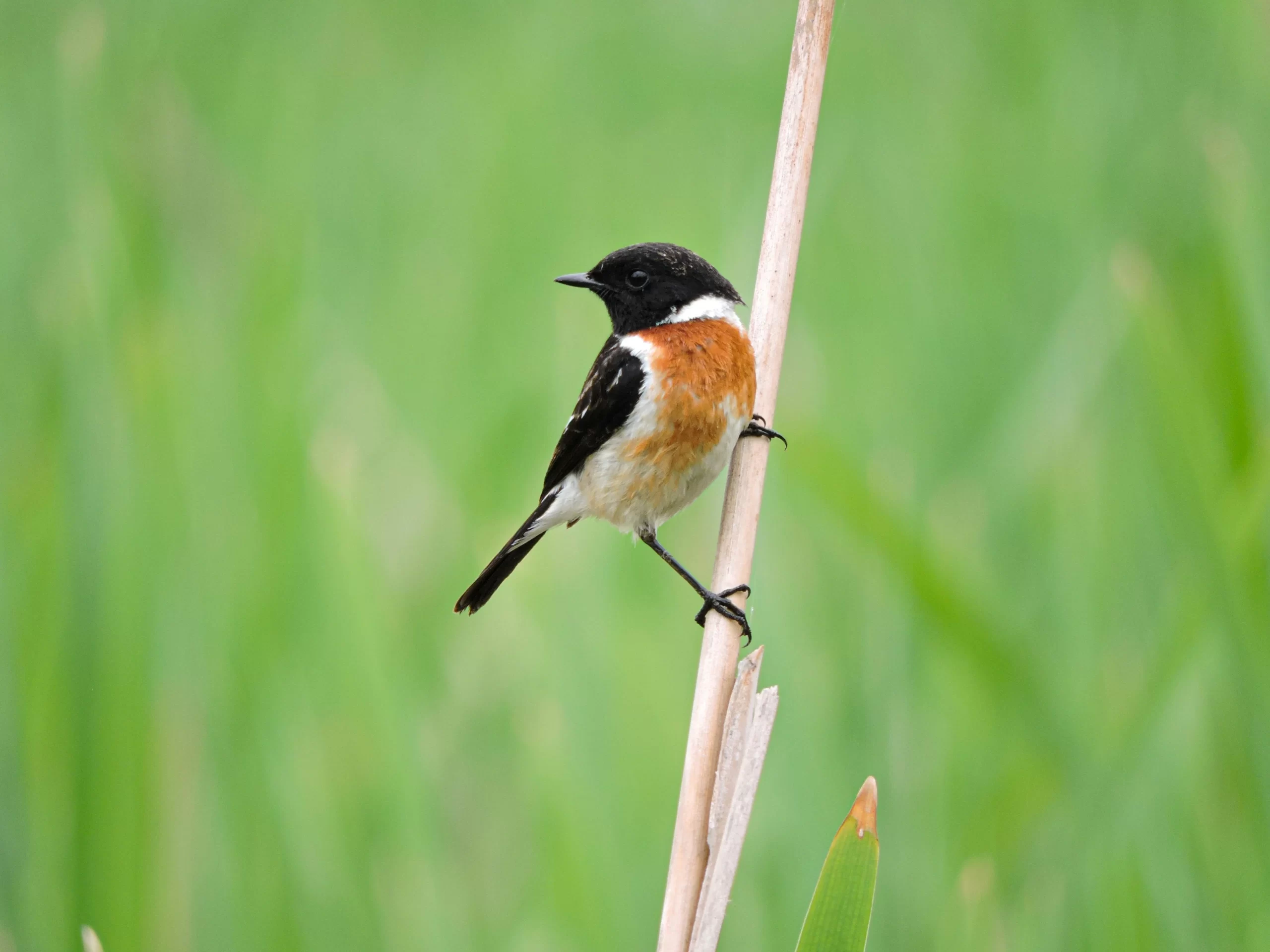Maharashtra is the 6th-best state in India in terms of the number of birds observed, with 568 species being reported. This total is fairly proportionate to the total number of checklists submitted in the state, as Maharashtra ranks fourth of all the states in India regarding checklists submitted. Although Kerala has more than twice the submitted eBird checklists, Maharashtra boasts a greater number of birds. Of course, with all of these bird species observed, there are many migratory birds in Maharashtra.
This populous Indian state hosts a tremendous variety of birds thanks to the assortment of different habitats and ecosystems that can be found in the state. For instance, dense forests cover more than 20% of Maharashtra. Moreover, the state has mountain ranges, coastlines, wetlands, rivers, and many more habitats appealing to some endangered birds in India like White-rumped Vultures. The migration of birds in Maharashtra typically takes place in spring and autumn as birds prepare for the breeding and nonbreeding seasons.
If you’re hoping for a list of migratory birds in Maharashtra, then you’ve come to the right place! I will be discussing 10 bird species that are common birds in Maharashtra during certain seasons, and absent during others. Let’s discuss 10 migratory birds in Maharashtra!
Table of Contents
10 Migratory Birds In Maharashtra
Barn Swallow

Barn Swallows are regular sights throughout India during the winter months when they migrate to the country to escape the cold weather around their breeding grounds. Therefore, these migratory birds in India are most common from October through March in Maharashtra. More specifically, numbers tend to peak from mid-November through mid-February.
Most Barn Swallows have departed Maharashtra by the end of May, and although there are a few records of them in June and July, it is doubtful that this species breeds in Maharashtra. With their black, orange, and white plumage and forked tails, Barn Swallows are undeniably beautiful birds in India.
Barn Swallows are a welcomed sight for many residents of India thanks to their insect-eating abilities. Indeed, Barn Swallows can easily gobble up hundreds of insects in a day. Birders will usually find these Maharashtrian birds flying over wetlands or other open areas, but they can be found anywhere with ample numbers of insects. Nearly 15,000 Barn Swallows have been reported in Maharashtra on eBird checklists.
Black Redstart
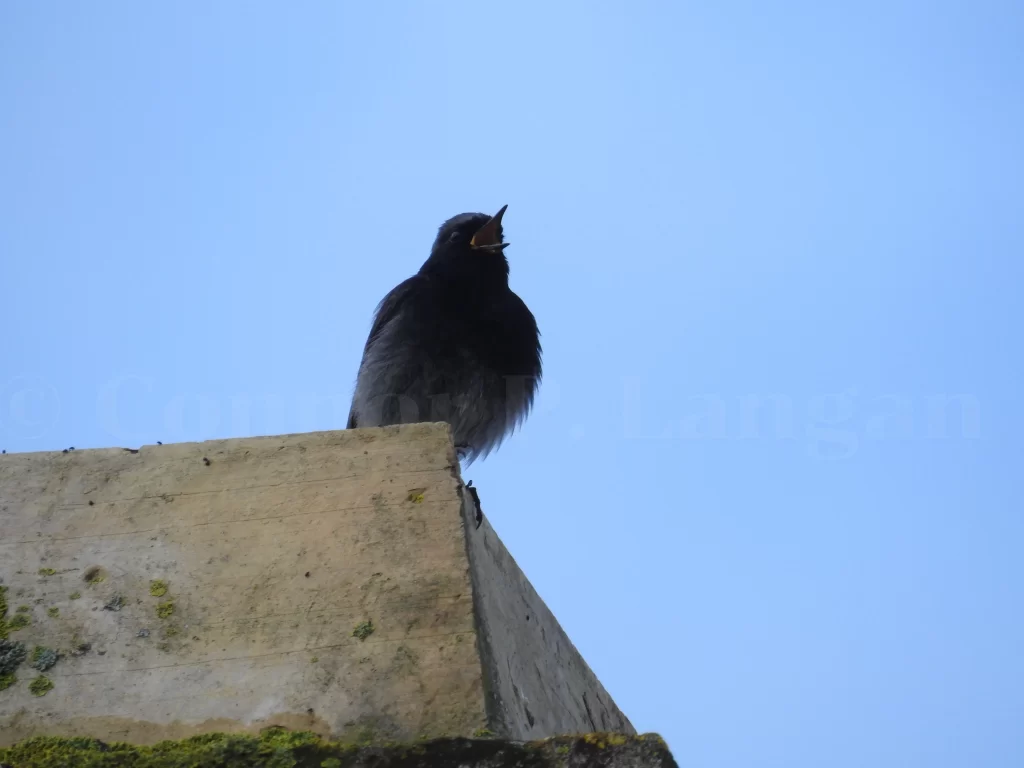
Black Redstarts are migratory birds in Maharashtra that can be found from late September through mid-March. The eastern subspecies of Black Redstart is the only subspecies found in the state, with the sexes being distinctly dimorphic. Males are orange below with black hoods and wings. Meanwhile, females are subtle and grayish overall.
These small birds in Maharashtra breed in northern India, Tajikistan, China, Mongolia, and southern Russia. There have been more than 6,000 observations of Black Redstarts in Maharashtra, making them regular winter residents.
Black Redstarts love the warm weather that Maharashtra offers them during the winter. Indeed, these birds found in Maharashtra frequent open areas such as meadows, fencerows, agricultural settings, and small towns. They often perch in prominent locations such as telephone wires, signs, fences, or buildings.
Blyth’s Reed Warbler
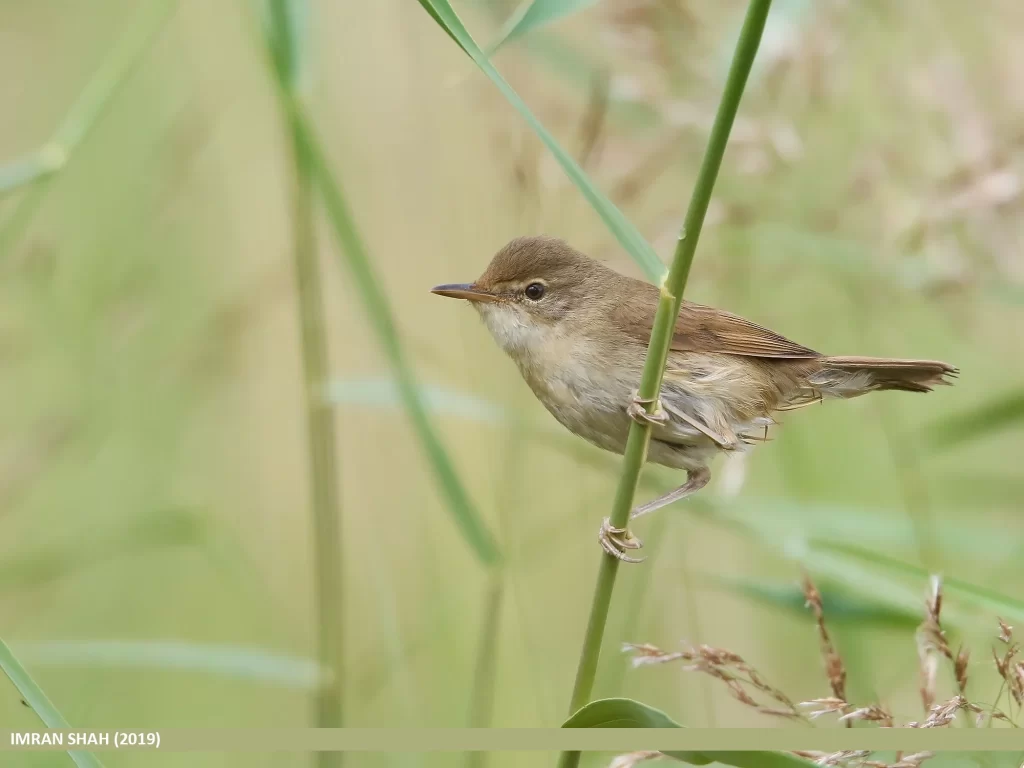
Image attribution: “Blyth’s Reed Warbler (Acrocephalus dumetorum)” by Birds of Gilgit-Baltistan is licensed under CC BY-SA 2.0
Blyth’s Reed Warblers are a nondescript warbler that travels to Maharashtra during the nonbreeding season. Although it is similar to other types of birds in Maharashtra like the Clamorous Reed Warbler or Sykes’s Warbler, note the long bill, short wings, and flat forehead of the Blyth’s Reed Warbler.
Although its name suggests that this songbird should be found near water, this is not always the case. Indeed, Blyth’s Reed Warblers are often found in parks, open woodlands, or scrubby habitats instead. However, this Maharashtra bird will happily forage along wetlands if appropriate habitat is available.
These migratory birds in Maharashtra leave the state by mid-April to breed in Kazakhstan, China, or southern Russia. They begin to return to Maharashtra in October so they can stake out a good winter territory. With nearly 19,000 eBird observations in the state, Blyth’s Reed Warblers are common birds in Maharashtra.
Common Rosefinch
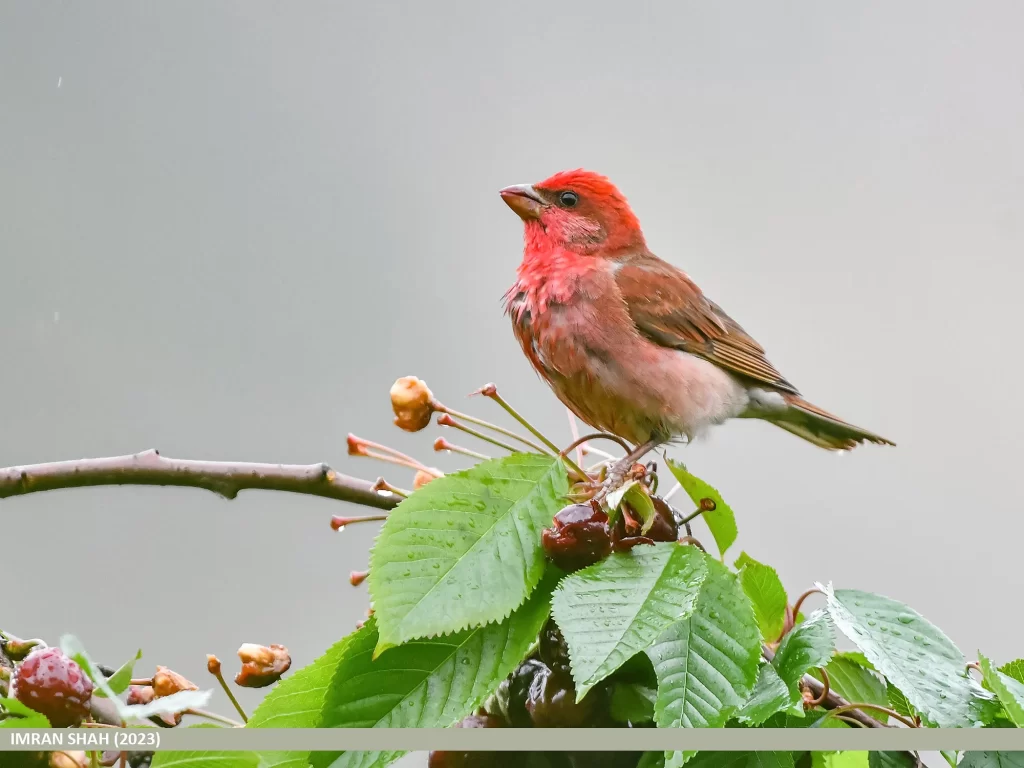
Image attribution: “Common Rosefinch (Carpodacus erythrinus)” by Birds of Gilgit-Baltistan is licensed under CC BY-SA 2.0
Common Rosefinches are not quite rare birds in Maharashtra, but they aren’t common, as only about 2,600 have been observed in the state according to eBird data. They are sexually dimorphic birds that look quite similar to House Finches in North America. Therefore, males are rosy red and females are drab brown.
Common Rosefinches may be found in Maharashtra from mid-September through mid-April. They frequent open to semi-open areas. Here, they dine on a wide variety of seeds. This means that these birds of Maharashtra can often be found on top of various seed-producing grasses or shrubs.
The Common Rosefinches that winter in Maharashtra disperse to places like northern India, Tajikistan, Kyrgyzstan, Kazakhstan, China, and southern Russia during the breeding season. They are social birds, so they’re often found in the presence of other rosefinches.
Common Sandpiper
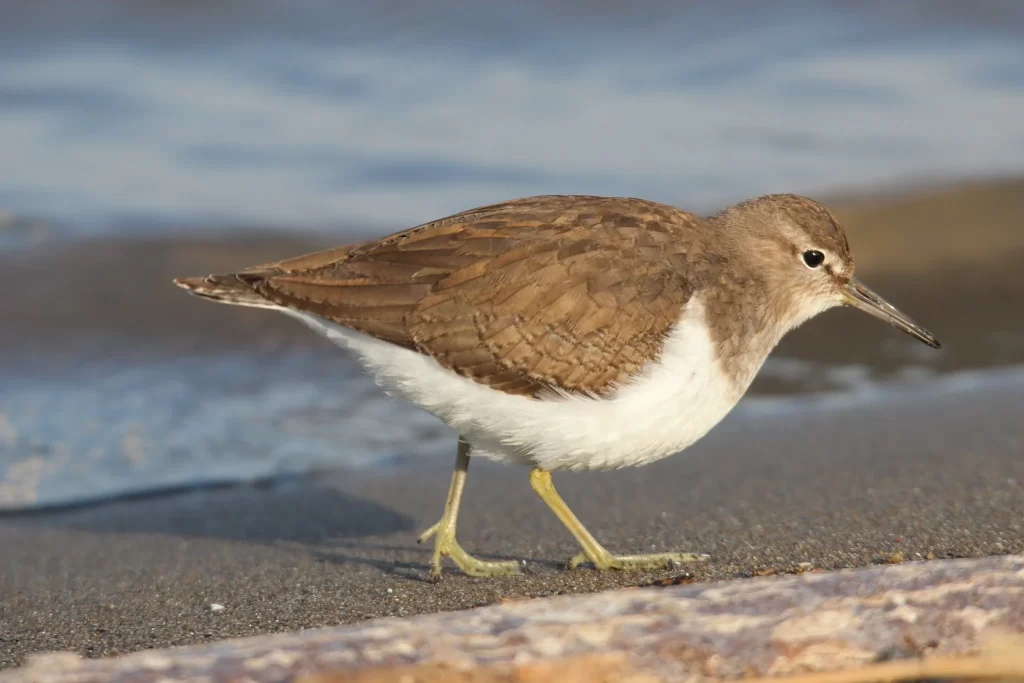
Common Sandpipers are indeed very common birds in Maharashtra, as more than 22,000 have been observed in the state as per eBird data. These Maharashtrian birds are rather plain, being clean white below and brown-gray above. Note their white eyerings and white wing patches in flight.
Records of Common Sandpipers in Maharashtra exist for the entirety of the year, although most birds depart by late May to breed elsewhere. The peak time to view these migratory birds in Maharashtra would be from late September through March.
Look for Common Sandpipers along rivers, ponds, and other wetlands in Maharashtra. They are not typically beach shorebirds, instead preferring to forage along freshwater habitats. These creatures breed in Tajikistan, Kyrgyzstan, Kazakhstan, China, and southern Russia.
Gray Wagtail
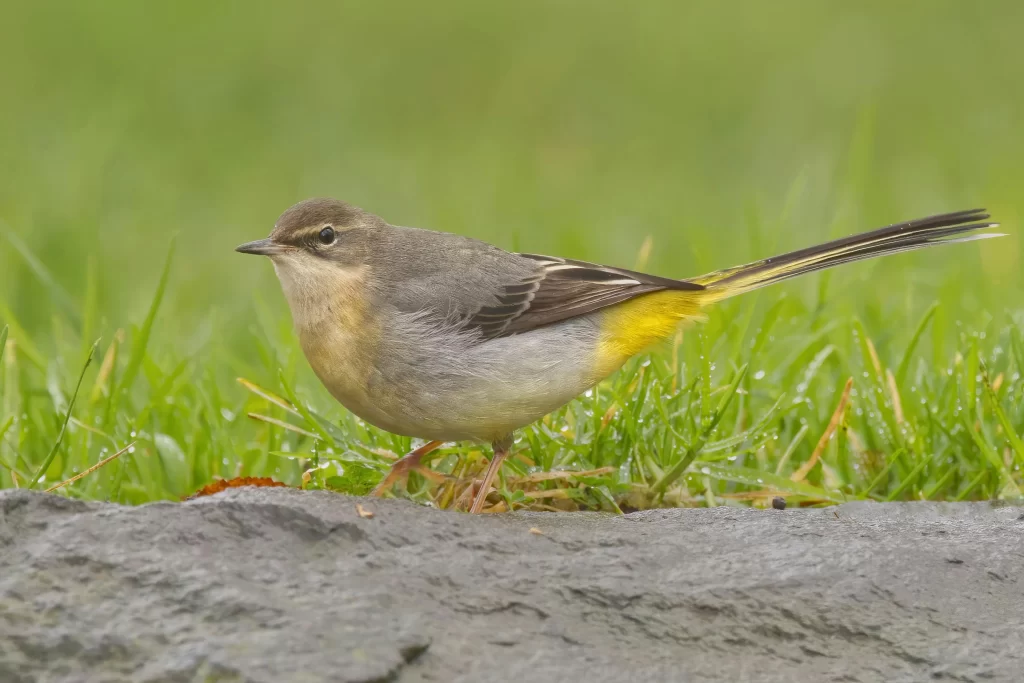
Gray Wagtails are aptly named songbirds with long tails and yellow undersides. They have quite an extensive range from the United Kingdom east to Japan. In Maharashtra, they are frequently observed during the nonbreeding season.
Gray Wagtail numbers peak in Maharashtra from late October through most of March. These migratory birds in Maharashtra in winter season leave to breed in the Altay (Altai) Mountains and foothills during the summer.
Gray Wagtails are most frequently found by moving water. Therefore, the banks of streams, rivers, and other flowing water systems are ideal places for these birds found in Maharashtra. Here, they devour insects that are drawn to the water.
Siberian Stonechat
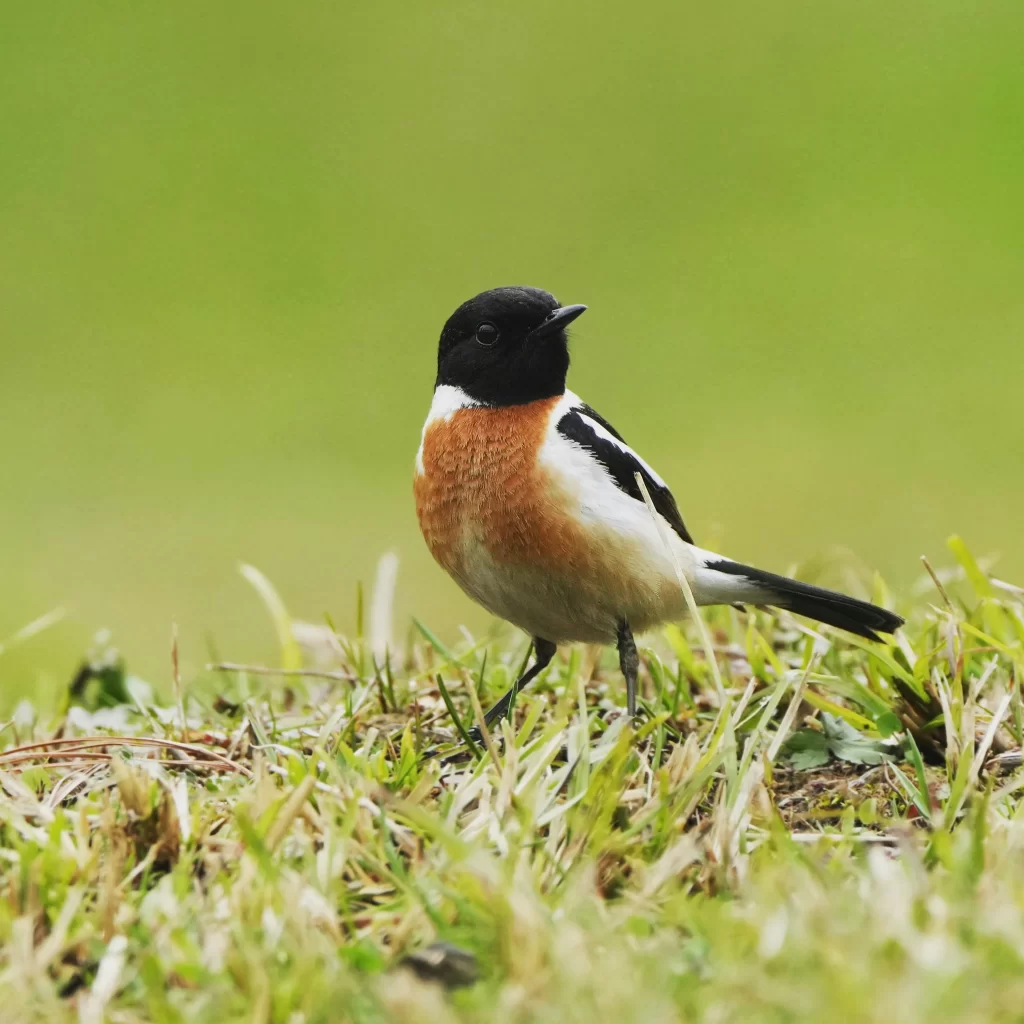
Siberian Stonechats are relatives of Black Redstarts, and like Black Redstarts, they are sexually dimorphic. Males are attractive with their black faces, white collars, and orange undersides. Meanwhile, females are unassuming brown birds in India with their unmarked plumage.
These small birds in Maharashtra are regular visitors to the state, with more than 14,000 eBird checklists reporting them. Good numbers start to infiltrate the state in October and numbers remain strong until mid-February when birds begin to migrate north.
Siberian Stonechats often perch on low shrubs or other vegetation, making them rather obvious. They are active birds, and they regularly fly out from perches to grab insects. Any semi-open habitat with good plant cover on the ground may host these migratory birds of Maharashtra.
Tree Pipit
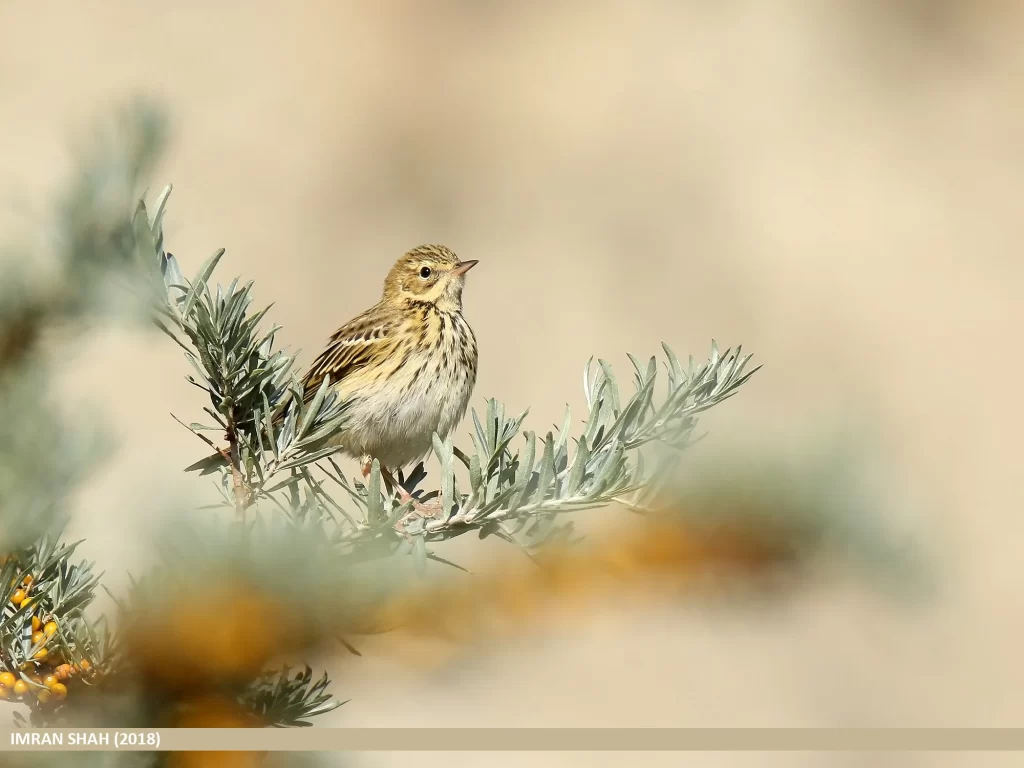
Image attribution: “Tree Pipit (Anthus trivialis)” by Birds of Gilgit-Baltistan is licensed under CC BY-SA 2.0
Tree Pipits can be difficult to distinguish from some of the other pipits in Maharashtra such as the Paddyfield Pipit, Richard’s Pipit, or Blyth’s Pipit. Nonetheless, birders must still try to sort these birds out. The best way to do so would be listening for the distinctive call of the Tree Pipit.
There have been more than 4,000 eBird checklists that have included Tree Pipits within them. However, these migratory birds in Maharashtra may be more common than these numbers reflect, but the difficulty that many have with identifying pipits may limit the number reported.
Tree Pipits are most common in Maharashtra from October through early April. Many of the birds that winter in Maharashtra breed in countries like Russia and Kazakhstan. Tree Pipits can be found in meadows, fields, wetlands, and other open habitats. They are more inclined to perch in trees or power lines compared to other pipits.
Western Marsh Harrier
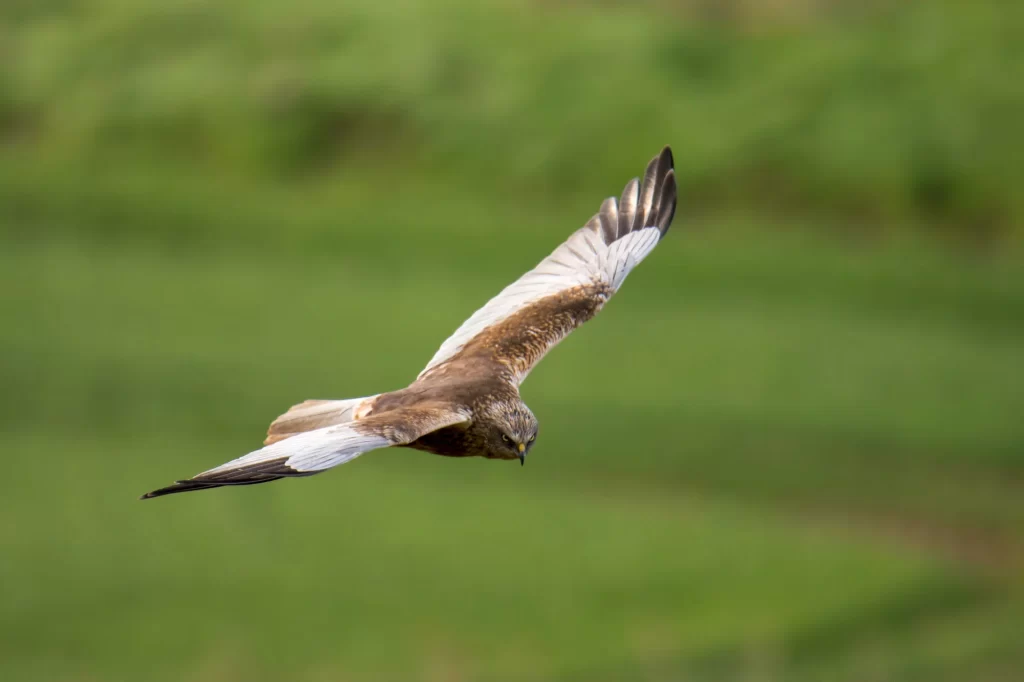
“Western marsh harrier, Circus aeruginosus, Blotniak stawowy” by Artur Rydzewski is licensed under CC BY 2.0
Western Marsh Harriers are birds of prey in India that are only found in the country during winter. These migratory birds in Maharashtra have several different color morphs. Moreover, males and females are sexually dimorphic. Males tend to have dark bodies with light feathers on the wings, while females often have dark bodies and wings.
Between October through late March present the best times to view these birds of Maharashtra. There are no records for the species from mid-May until early July in the state, as these raptors in India leave the country to breed in Mongolia, Uzbekistan, Russia, China, Kyrgyzstan, and Kazakhstan.
Western Marsh Harriers hunt over wetlands, pastures, and other open areas. Therefore, they will not be common birds in Mumbai, but there are plenty of locations with suitable habitats in the rest of Maharashtra. Western Marsh Harriers pounce on prey such as rodents, small birds, and reptiles.
Wood Sandpiper
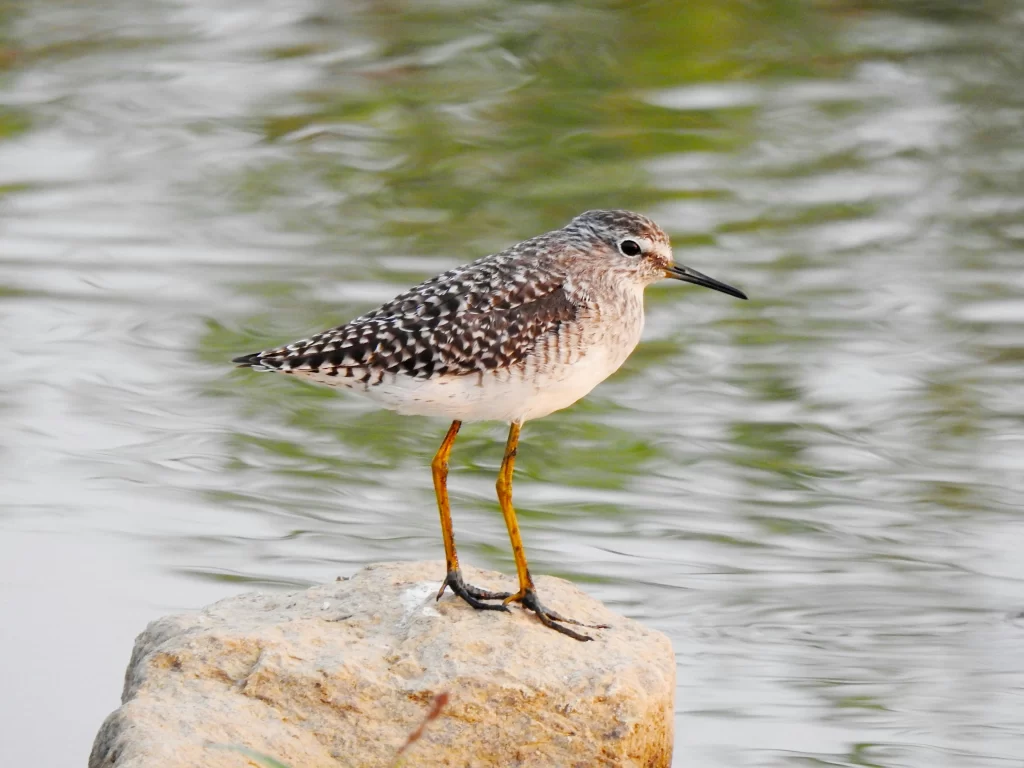
Wood Sandpipers are regularly observed in Maharashtra, and the nearly 15,000 observations of this species in the state are evidence of that. These shorebirds have long legs that allow them to navigate through water in search of insects, and they’ve got prominent pale supercilia in all plumages.
These migratory birds in Maharashtra can be found in the state during just about any time of year. However, November through mid-March yields the greatest numbers of these birds. Although they do not breed in India, Wood Sandpipers begin to trickle back into the country by July.
Wood Sandpipers thrive in areas with shallow water. Flooded fields, marshes, and ephemeral wetlands are great places to look for this species. They are typically solitary, but they may loosely associate with other shorebirds.

